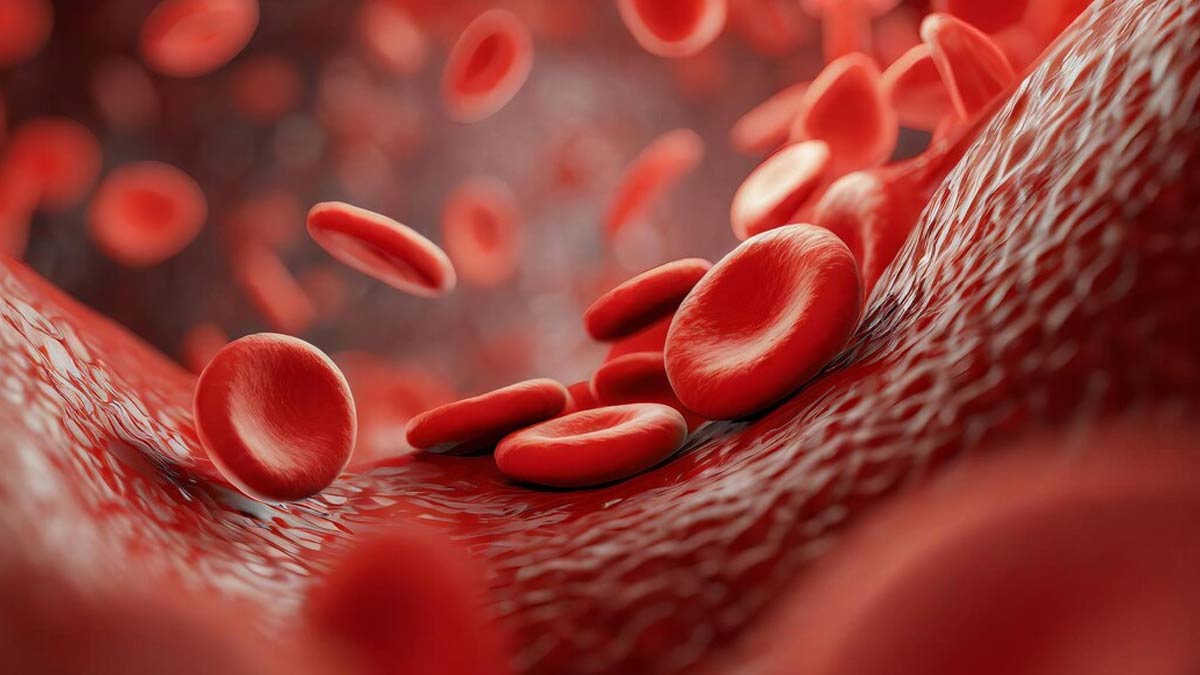
An injury, in the form of a fall or a crash, can lead to bruises and blood clots. You're absolutely right. Injuries like falls or crashes can damage blood vessels, triggering two key responses in your body: bruising and clotting. Bruising occurs when broken blood vessels leak blood into surrounding tissues, leading to skin discolouration. A blood clot is your body's way of stopping excessive bleeding due to damaged blood vessels. This clotting process is crucial for healing, but it's important to note that clots can sometimes form even without a major injury. In these cases, they can become dangerous if they travel through the bloodstream and lodge in vital organs, blocking blood flow.
Table of Content:-
Also Read: Study Finds Unhealthy Diet May Damage Blood Vessels
Possible Causes Of Blood Clots

Blood clots can form in veins or arteries, which are an integral part of the circulatory system. They can develop for various reasons.
In some cases, they form in response to an injury; in other instances, they can result from other factors, like slow blood flow, often caused by prolonged sitting or bed rest.
According to Dr Roshan Dikshit, Senior Consultant - Haematology and Bone Marrow Transplant, Aakash Healthcare, New Delhi, blood clots can be formed in circumstances like:
- Trauma
- Infections
- Immobilisation for long periods, like while travelling on a flight to post-surgery
- Pregnancy
- Certain medicines, like hormone replacement therapy and steroid use,
- Certain cancers
- Hereditary predisposition
- Blood vessel disorders
Types Of Blood Clots

Dr Dikshit lists two main types of blood clots, which include:
Arterial: This type of clot forms in the arteries, the blood vessels that carry blood away from the heart. They mostly occur in the legs and feet and can sometimes happen in the brain, where they can lead to a stroke, or in the heart, leading to a heart attack.
Venous: These form in the veins, which are blood vessels that carry blood to the heart. There are three types of venous blood clots: superficial venous thrombosis, Deep Vein Thrombosis (DVT), and Pulmonary Embolism (PE).
Also Read: Symptoms That Indicate Blood Clot In Your Body
Who Is At Risk?

Many factors can increase one’s risk of blood clots.
According to the American Society of Haematology (ASH), the risk factors for developing a venous clot are different from those for an arterial clot. Moreover, those at risk for one may not necessarily be at risk for the other. However, some of the most common risk factors for blood clotting include:
- Obesity
- Pregnancy
- Prolonged inactivity, including immobility during long trips by plane or car
- Smoking
- Oral contraceptives
- Certain cancers
- Trauma
- Certain surgeries
- Age, in which the risk increases in people over age 60
- A family history of blood clots
- Chronic inflammatory diseases
- Diabetes
- High blood pressure
- High cholesterol
How To Lower The Risk Of Blood Clots?
Blood clots are one of the most preventable blood conditions, according to ASH.
Some common preventable tips include maintaining mobility while travelling and post-surgery, being on the watch for warning signs, wearing loose-fitting clothes and socks, wearing compression stockings if prescribed by a doctor, limiting the amount of salt and red meat in your diet, and eating a diet rich in fruits, vegetables, and whole grains.
Also watch this video
How we keep this article up to date:
We work with experts and keep a close eye on the latest in health and wellness. Whenever there is a new research or helpful information, we update our articles with accurate and useful advice.
Current Version
